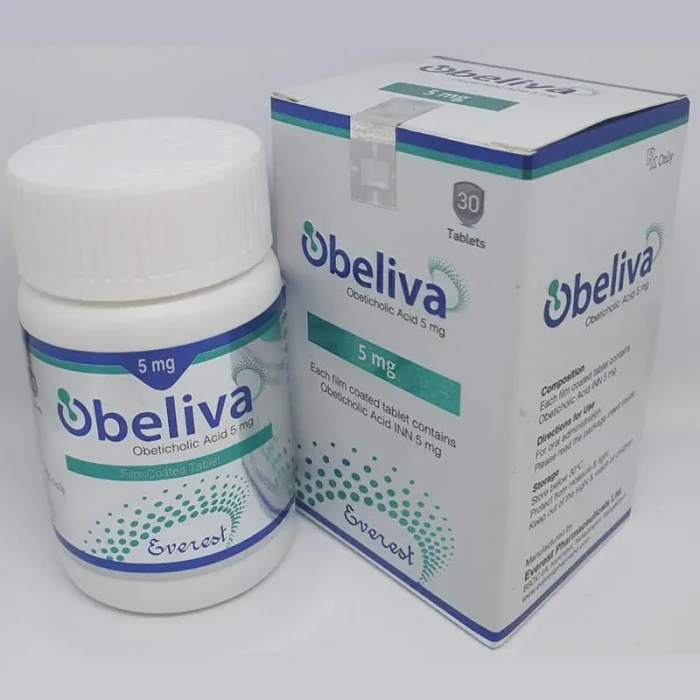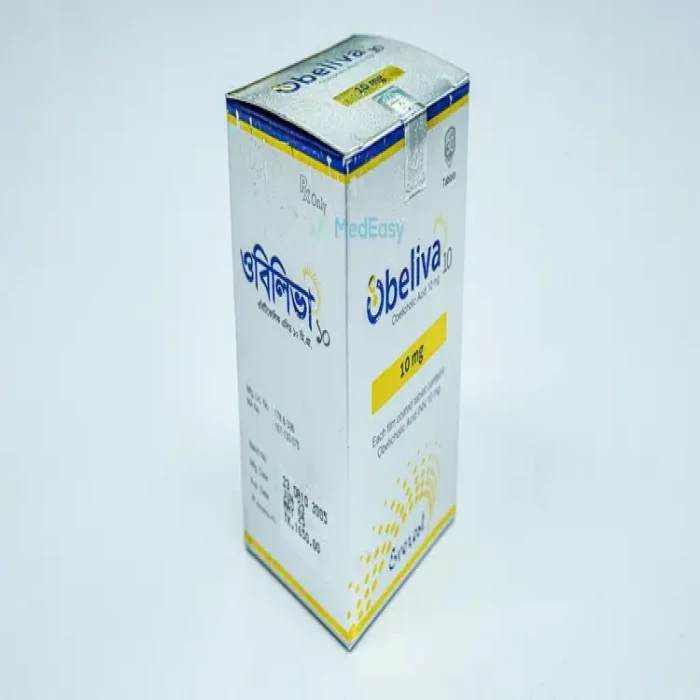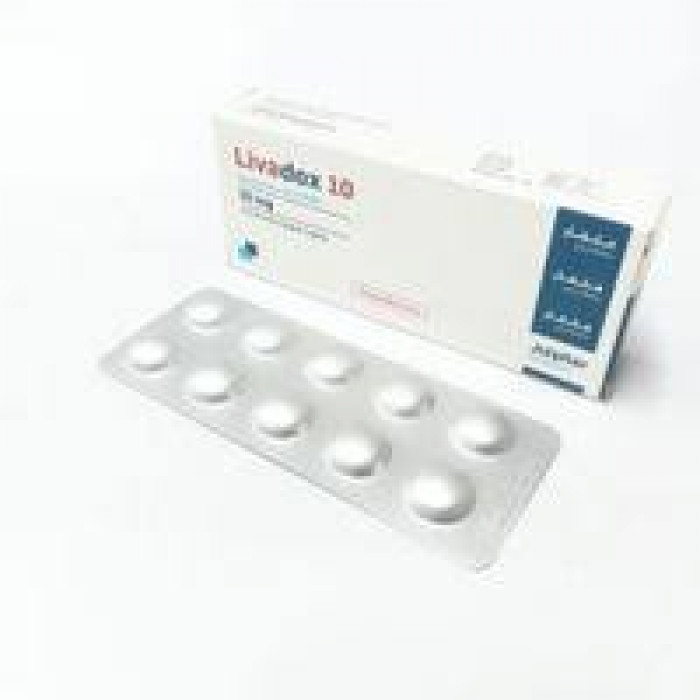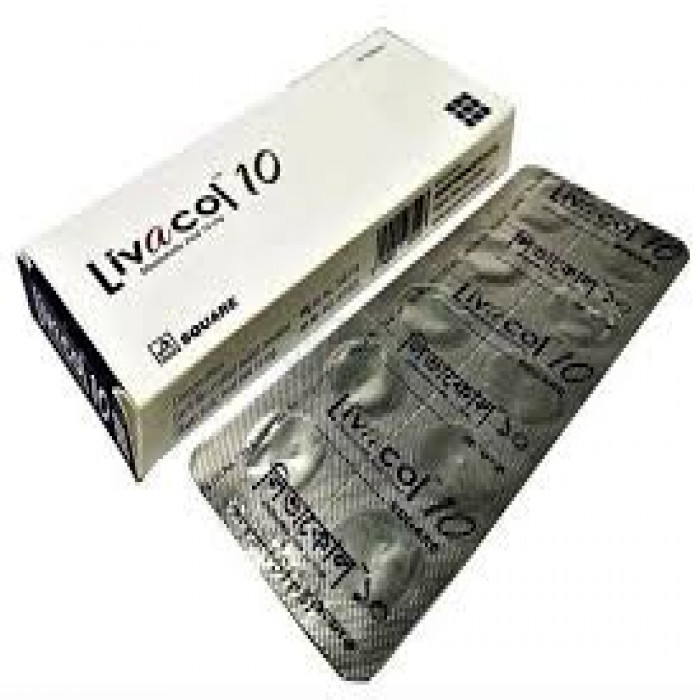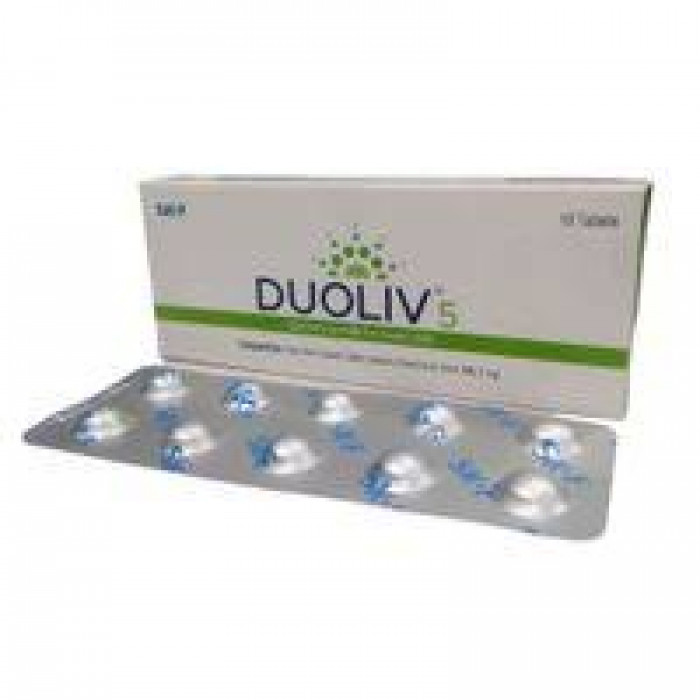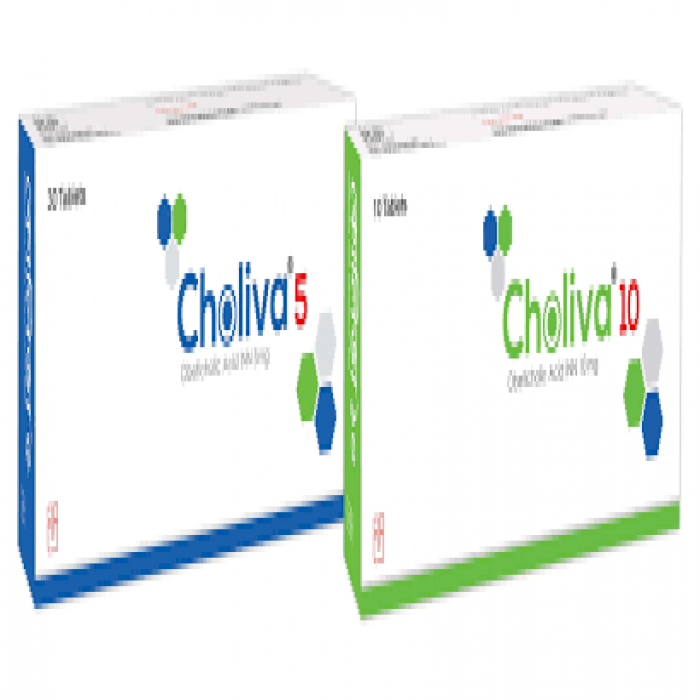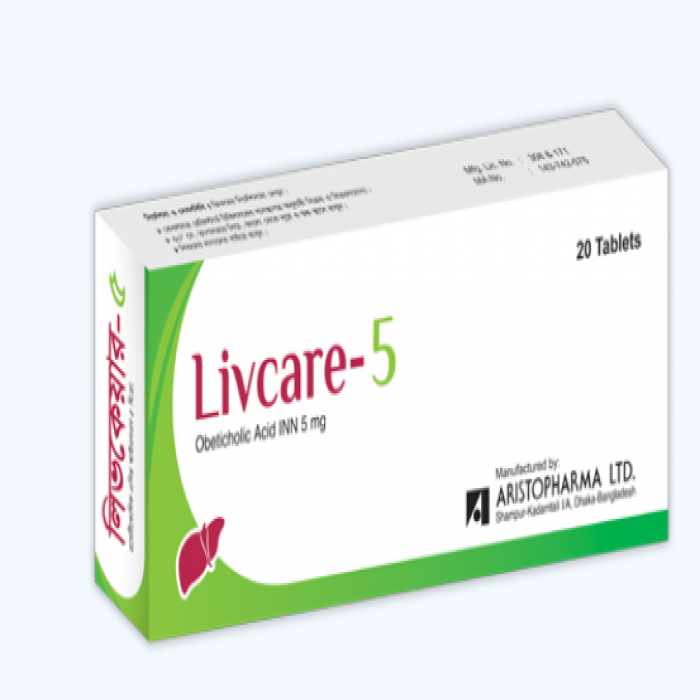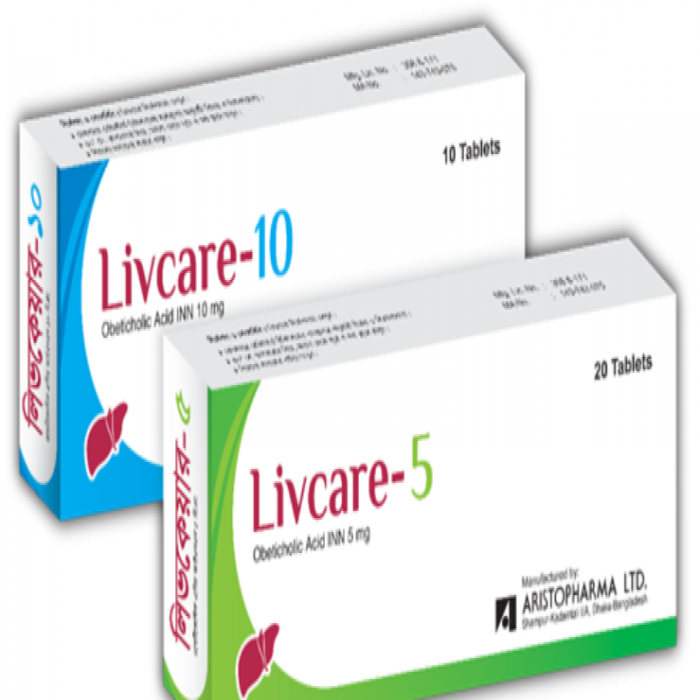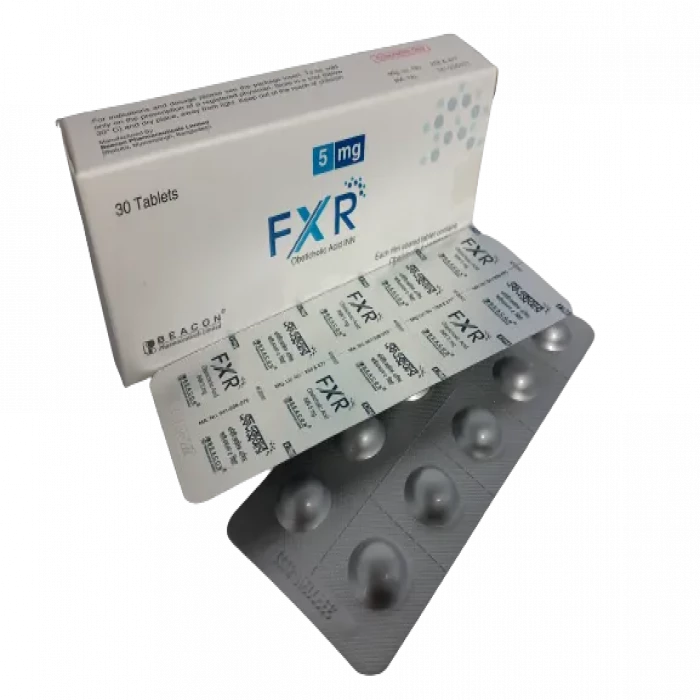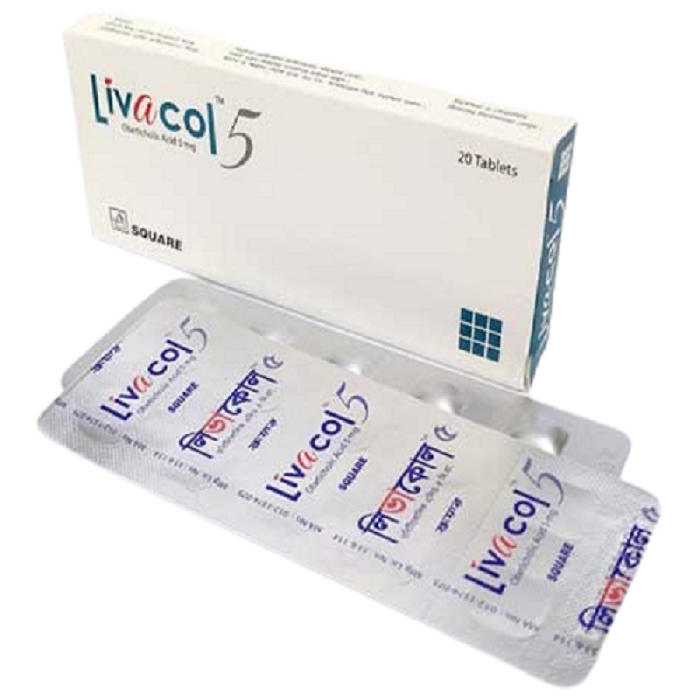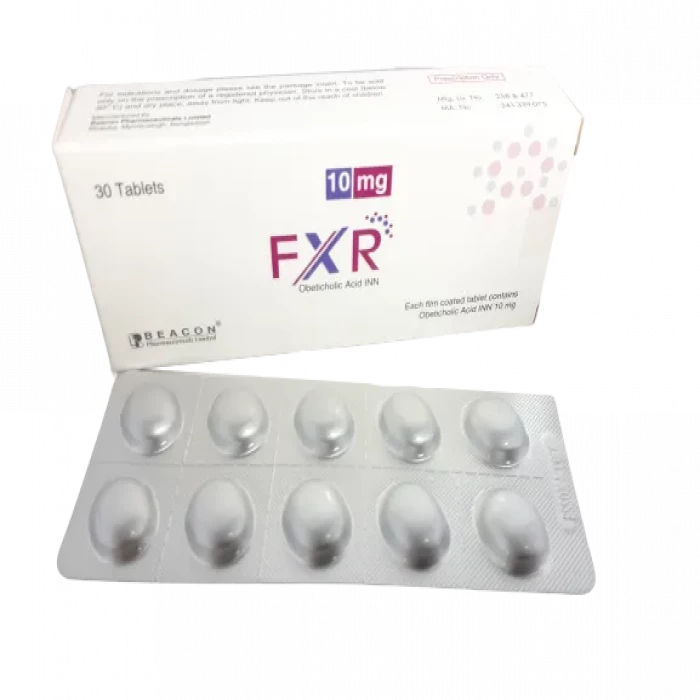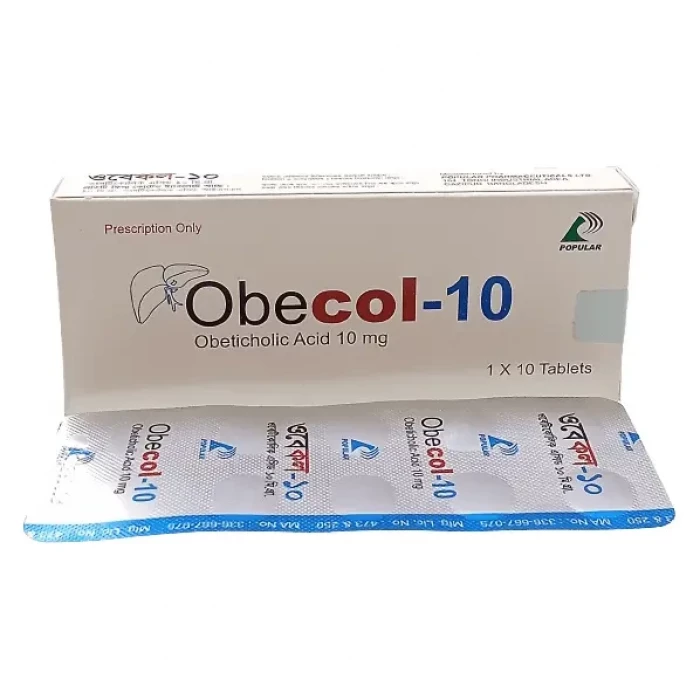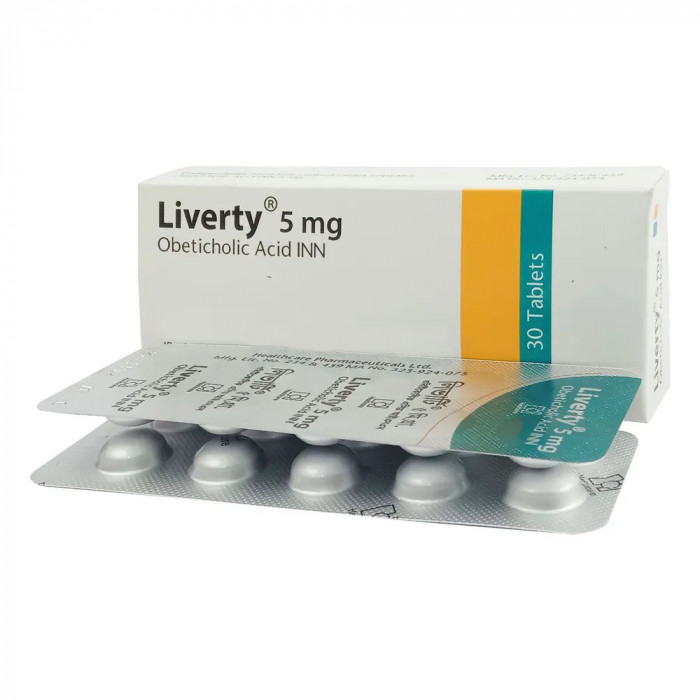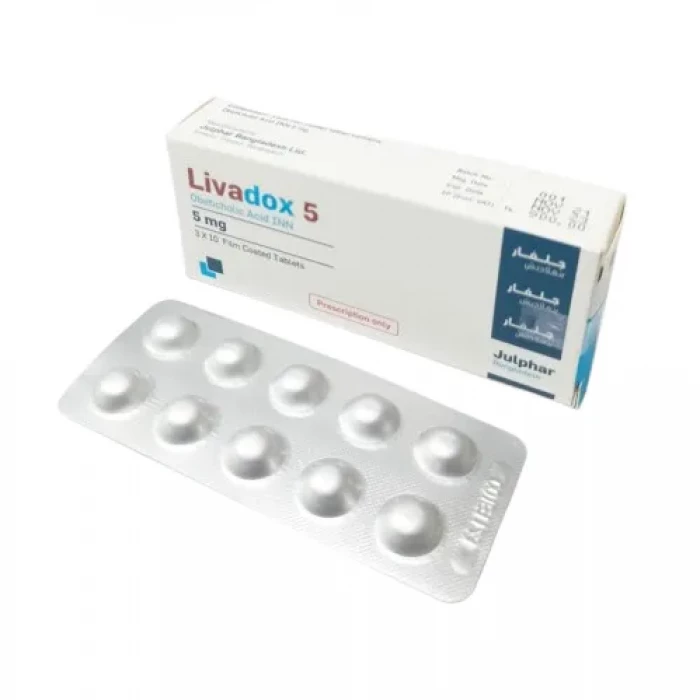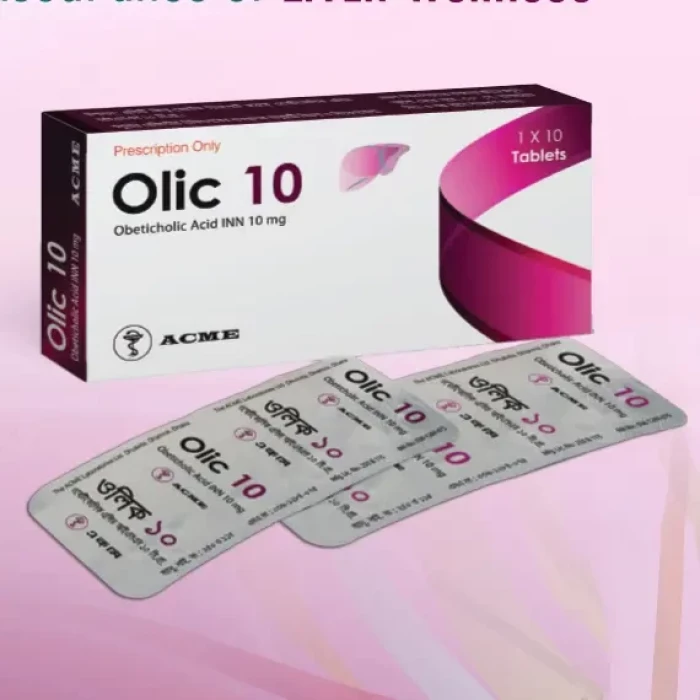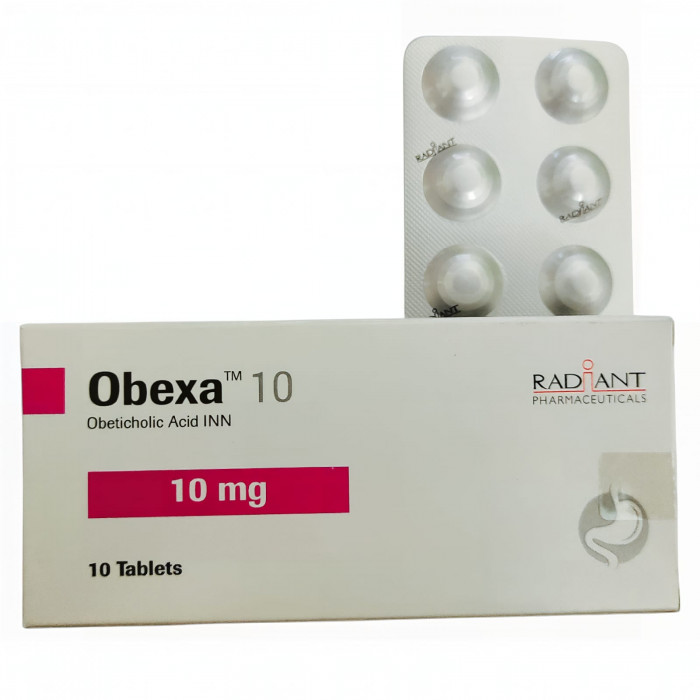
✔ 100% Authentic Product
👁️ Currently Viewing 1453
Obexa 10mg Tablet 1 Strip
Obexa is prescribed for adults diagnosed with Primary Biliary Cholangitis (PBC) who either:
- Do not have cirrhosis, or
- Have compensated cirrhosis without signs of portal hypertension.
- It can be used:
- In combination with ursodeoxycholic acid (UDCA) when the response to UDCA alone is insufficient, or
- As monotherapy in patients intolerant to UDCA.
Discount
Price: ৳ 539
MRP:
৳
550
2%
Off

100% Genuine Products, Guaranteed

Safe & Secure Payments, Always

Fast, Secure & Efficient Delivery

Proper Packaging
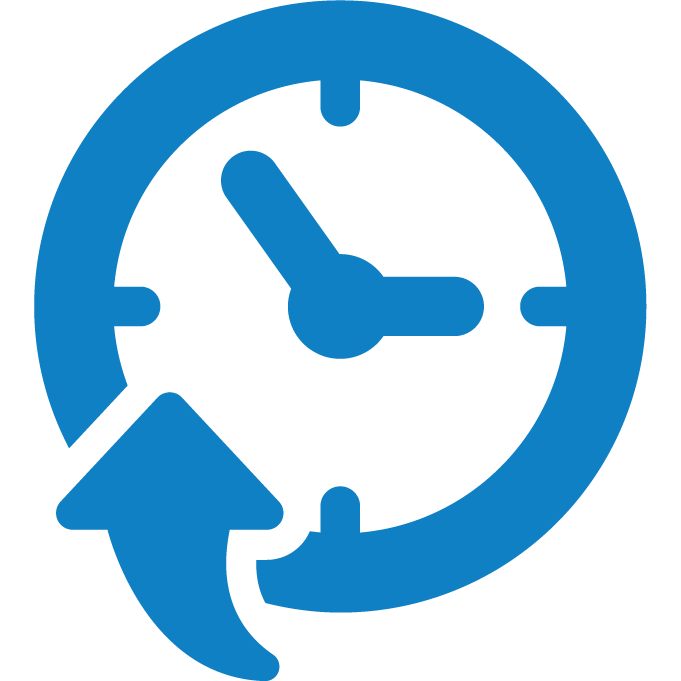 Cash on Delivery - All over Bangladesh
Cash on Delivery - All over Bangladesh Regular Delivery - 12-24 Hours, Dhaka City* Charge Tk.39-59
Regular Delivery - 12-24 Hours, Dhaka City* Charge Tk.39-59 Regular Delivery - 24-48 Hours, Other Cities* Charge Tk.99-110
Regular Delivery - 24-48 Hours, Other Cities* Charge Tk.99-110
 ফ্রি ডেলিভারিঃ - ৯৯৯ টাকা+ অর্ডারে, ঢাকা
শহরে
ফ্রি ডেলিভারিঃ - ৯৯৯ টাকা+ অর্ডারে, ঢাকা
শহরে ফ্রি ডেলিভারিঃ - ২৯৯৯ টাকা+ অর্ডারে, ঢাকার
বাহিরে
ফ্রি ডেলিভারিঃ - ২৯৯৯ টাকা+ অর্ডারে, ঢাকার
বাহিরে
100% Genuine Products, Guaranteed
Safe & Secure Payments, Always
Fast, Secure & Efficient Delivery
Proper Packaging
 Cash on Delivery - All over Bangladesh
Cash on Delivery - All over Bangladesh Regular Delivery - 12-24 Hours, Dhaka City* Charge Tk.39-59
Regular Delivery - 12-24 Hours, Dhaka City* Charge Tk.39-59 Regular Delivery - 24-48 Hours, Other Cities* Charge Tk.99-110
Regular Delivery - 24-48 Hours, Other Cities* Charge Tk.99-110 ফ্রি ডেলিভারিঃ - ৯৯৯ টাকা+ অর্ডারে, ঢাকা
শহরে
ফ্রি ডেলিভারিঃ - ৯৯৯ টাকা+ অর্ডারে, ঢাকা
শহরে ফ্রি ডেলিভারিঃ - ২৯৯৯ টাকা+ অর্ডারে, ঢাকার
বাহিরে
ফ্রি ডেলিভারিঃ - ২৯৯৯ টাকা+ অর্ডারে, ঢাকার
বাহিরে
✅ Description:
Obeticholic acid activates the Farnesoid X Receptor (FXR) found in the liver and intestines. FXR plays a crucial role in controlling bile acid levels, inflammation, fibrosis, and metabolism. Its activation reduces bile acid build-up in liver cells by:
- Suppressing bile acid synthesis from cholesterol
- Enhancing their excretion from hepatocytes
- This action reduces the circulating bile acid pool and encourages bile flow, lowering hepatic bile acid exposure.
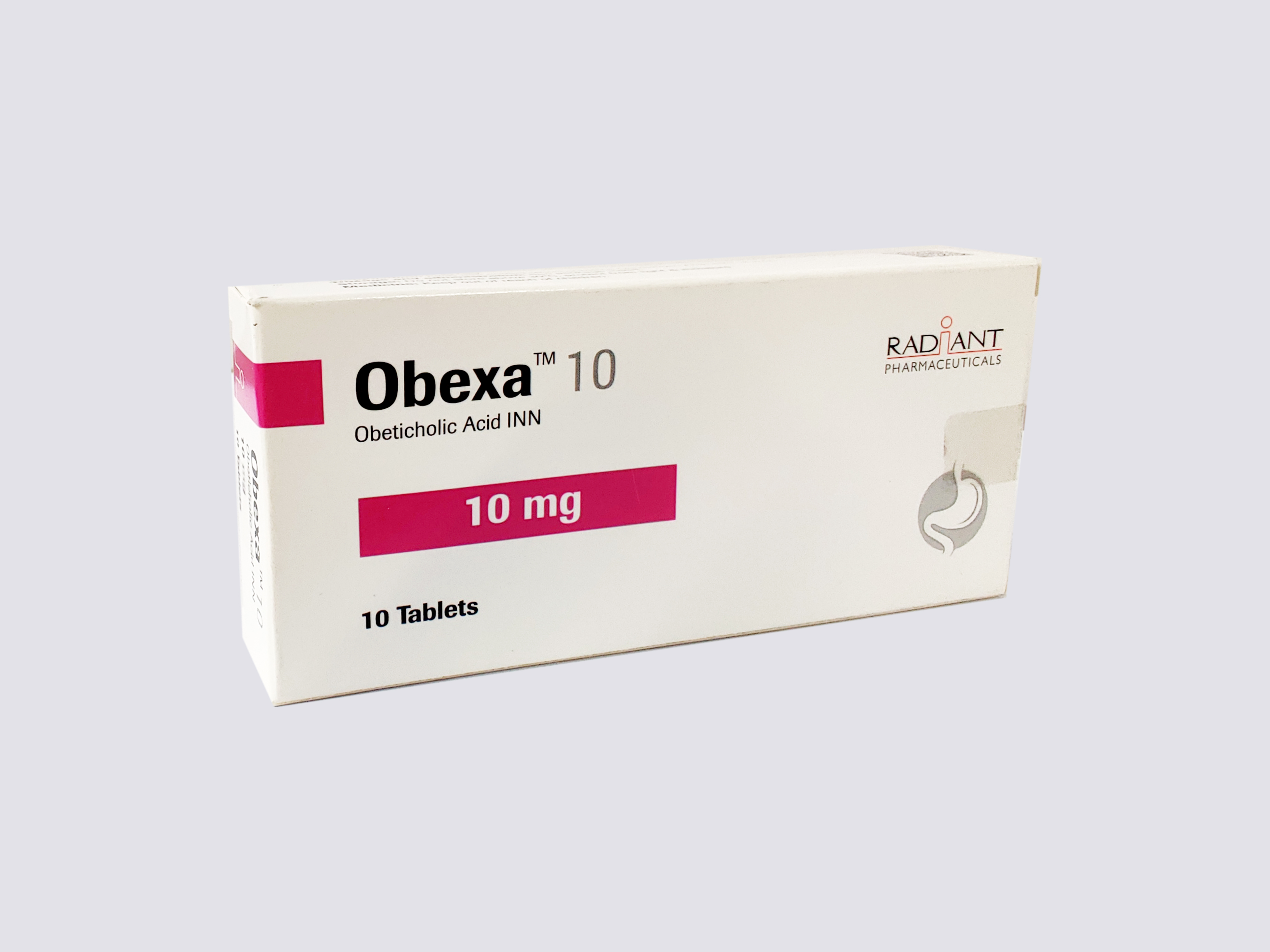
Pharmacodynamics:
Daily dosing with 10 mg obeticholic acid led to a 173% rise in FGF-19, a bile-regulating hormone, over 12 months. It also reduced levels of cholic acid and chenodeoxycholic acid. The clinical implications of these changes remain unclear.
Cardiac Safety:
No significant QT interval prolongation was observed at doses up to 10 times the recommended level.
✔️
✔️ Dosage & Administration
Pre-treatment Assessment:
Before starting therapy, assess for:
Decompensated cirrhosis (Child-Pugh Class B/C)
Previous hepatic decompensation
Portal hypertension (e.g., ascites, varices, low platelets)
Obexa is contraindicated in such cases.
Recommended Dosage:
Start at 5 mg once daily for 3 months.
If necessary and tolerated, increase to 10 mg once daily based on liver function tests (ALP and bilirubin).
- Pediatrics: Not established for children.
- Elderly (65+ years): No major safety differences noted, but increased sensitivity is possible.
- Hepatic Impairment: Contraindicated in decompensated liver disease or portal hypertension due tothe risk of serious hepatic side effects.
✔️ Managing Severe Pruritus:
Consider adding antihistamines or bile acid sequestrants.
Modify dose:
• 5 mg every other day (if 5 mg daily is not tolerated)
• 5 mg daily (if 10 mg daily is intolerable)
Interrupt therapy temporarily (up to 2 weeks) and resume at a lower dose if needed.
✔️ Monitoring:
- Regularly monitor liver biochemistry and signs of worsening PBC.
- Patients with cirrhosis or concurrent liver disease should be watched closely for portal hypertension or hepatic decompensation.
- Discontinue if evidence of liver failure, biliary obstruction, or severe hepatic events arises.
✔️ Side Effects
Common adverse effects include:
Itching (pruritus)
Fatigue
Abdominal discomfort
Others: rash, joint pain, throat irritation, dizziness, constipation, thyroid irregularities, and skin inflammation (eczema)
✔️ Drug Interactions
- Bile Acid Binding Agents (e.g., cholestyramine) may interfere with Obexa absorption. Space doses by at least 4 hours.
- Warfarin May reduce INR. Monitor and adjust warfarin dose.
- CYP1A2 Substrates (e.g., theophylline): Obexa may elevate their blood levels. Therapeutic drug monitoring is advised.
- BSEP Inhibitors (e.g., cyclosporine): Concomitant use may raise hepatic bile salt accumulation. Use with caution and monitor liver function.
✔️ Contraindications
Decompensated cirrhosis or history of liver decompensation
Portal hypertension in compensated cirrhosis
Complete bile duct obstruction
✔️ Use in Pregnancy and Lactation
Pregnancy:
Limited human data. Animal studies show no harm at high doses. Use only if needed.
Lactation:
Unknown if excreted in breast milk. Weigh the benefits of breastfeeding against the mother's treatment needs and potential risk to the infant.
✔️ Precautions & Warnings
Liver Complications in Cirrhosis:
Liver failure and decompensation, some fatal or requiring transplant, have occurred, especially in cirrhotic patients. Risk increases with higher doses or pre-existing liver issues. Monitor liver function closely.
Severe Itching:
Occurs in up to 23% of patients at the 10 mg dose. It can severely affect daily life. Consider dose adjustment, symptomatic treatment, or interruption of therapy.
HDL-C Reduction:
Obexa may lower HDL (good cholesterol). Monitor lipid levels, particularly in long-term use or when treatment response is poor.
✔️ Overdose
Higher-than-recommended doses (25–50 mg) have led to liver-related side effects. If overdose occurs, provide supportive treatment and monitor liver function closely.
✔️ Storage
Store below 30°C, in a dry, dark place. Keep away from the child
⚠️Disclaimer:
At ePharma, we’re committed to providing accurate and accessible health information. However, all content is intended for informational purposes only and should not replace medical advice from a qualified physician. Please consult your healthcare provider for personalized guidance. We aim to support, not substitute, the doctor-patient relationship.





